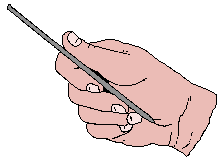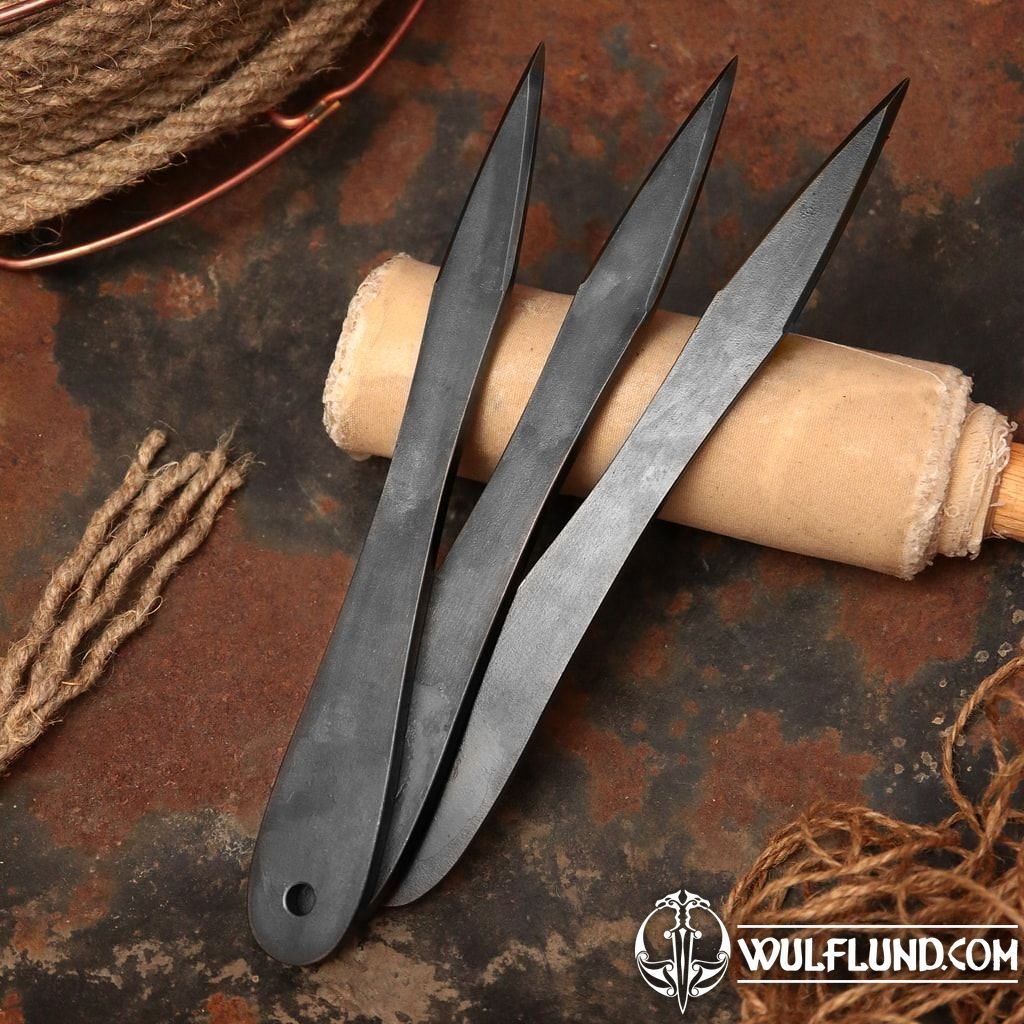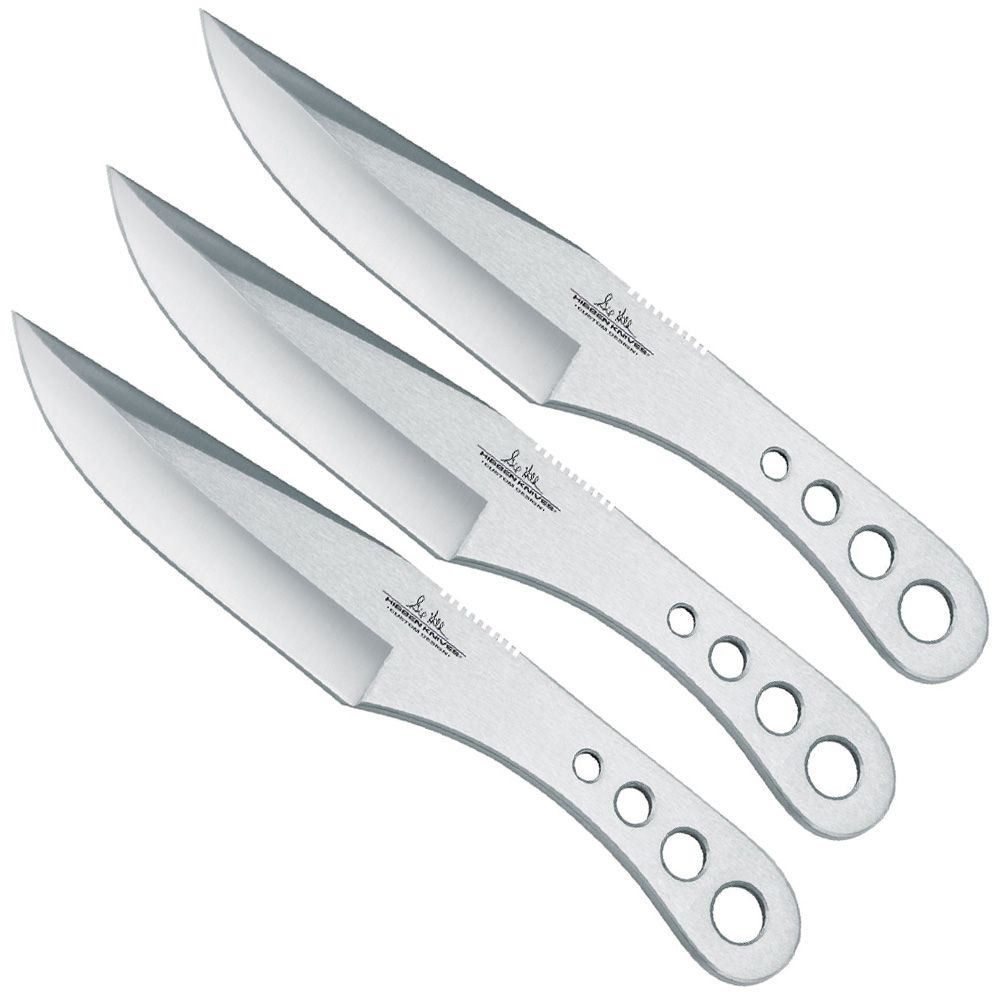Top Guidelines Of KA-BAR Throwing Knife Set


NO SPIN Knife Throwing Tutorial (In Super Slow Motion) 2-12 Meters - YouTube
Throwing Knives - Knife Country, USA Things To Know Before You Buy
It is basic yet efficient. Similar to the Hammer Grip but rather of covering your fingers around the handle, you are pressing your fingertips versus the manage- pinching the knife in between your fingers and your palm. Keep Checking Back Here of this design of throw is added control over the release of the knife.

Knife Throwing Instructions for the Flying Knife
"Elbow to ear" means that your ear will boil down directly on your toss. For some brand-new throwers, their only point of contact for throwing is a 'baseball throw'., for beginner knife thrower, complete body windup, and bringing the knife throw around their body (versus straight over the shoulder) will result in the knife landing sideways, which will not stick and, depending upon the strength of the throw, and in some cases, can bounce back at the thrower.

Top 15 Best Throwing Knives of 2020 – Kunai Knives Included - JooJoobs
Your Devices, Position and Grip will all play an essential part of a precise toss. Looking "through" your shot will assist you picture an effective release, and through practise you will establish the muscle memory to perform your vision. Through practice your body will end up being tuned to what an effective throw feels like, and you will have the ability to picture the shot before it hits the board.
6 Simple Techniques For The Complete Knife Throwing Guide by Gil Hibben 64 Pages
Much like any other toss, an effective knife throw needs developing an effective grip and a sense of what your wrist, shoulder and elbow should be doing throughout the motion. For a manage toss, grip the knife like a hatchet, with your fingers curled around and your thumb pressed near the crosspiece.
For a blade throw, hold the blade edge-down, with the sharp part far from your palm. Now line up your initially through ring fingers on the side opposite your thumb and curl your pinkie out of the method. You need to have about an inch of blade sticking out past your fingers toward your wrist [source: Mc, Evoy]

This suggests that you do not need to learn two entirely various sets of biomechanics for the two toss types. No-spin methods likewise exist, although they are less common in competitors. The advantage of such methods is that, since they do not include spin, range is less of an aspect. Nevertheless, some knife throwers argue that these techniques are more tiring and harder on the joints [source: Thiel]
